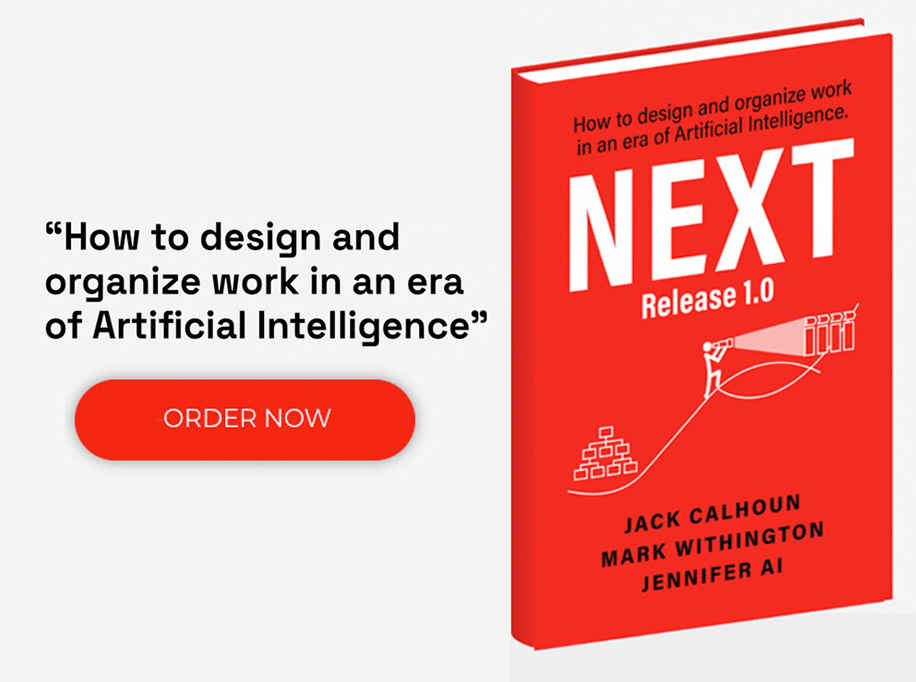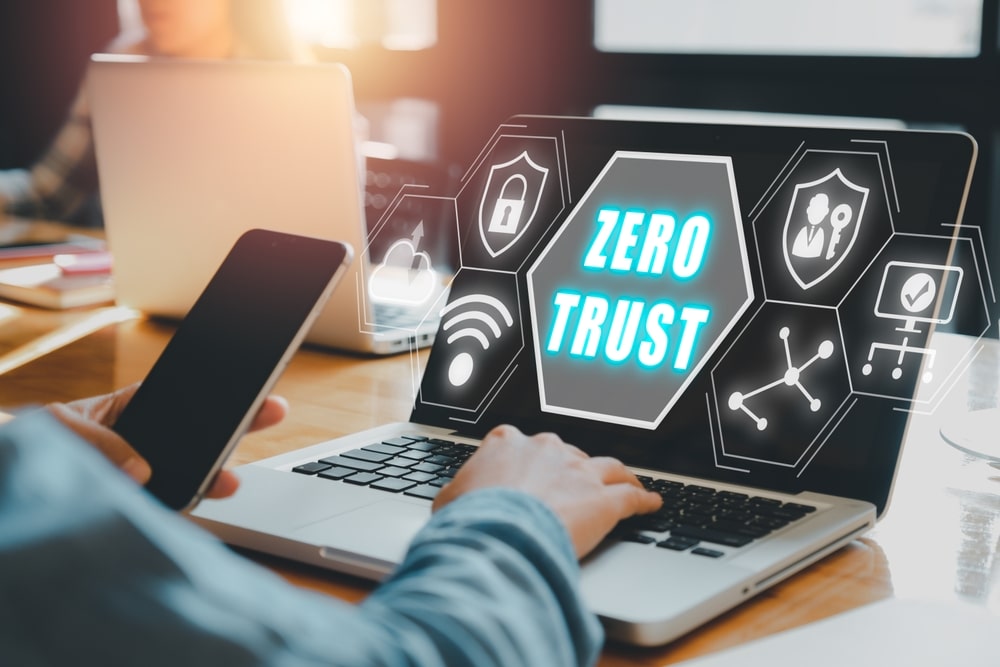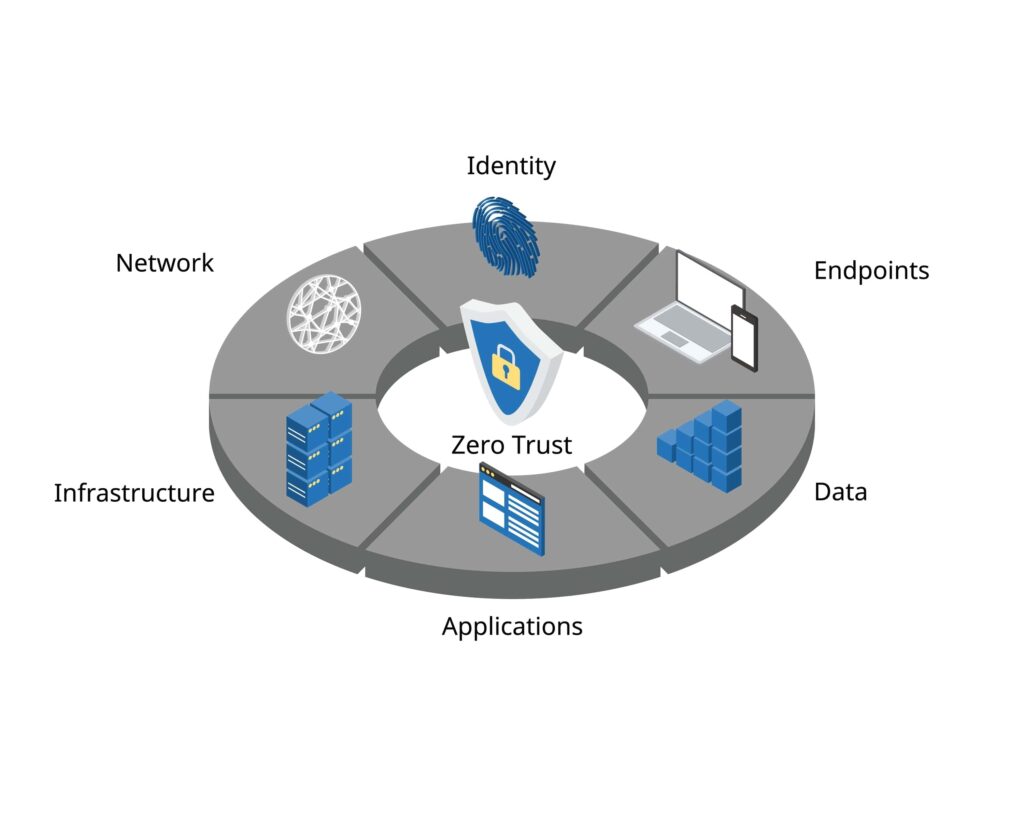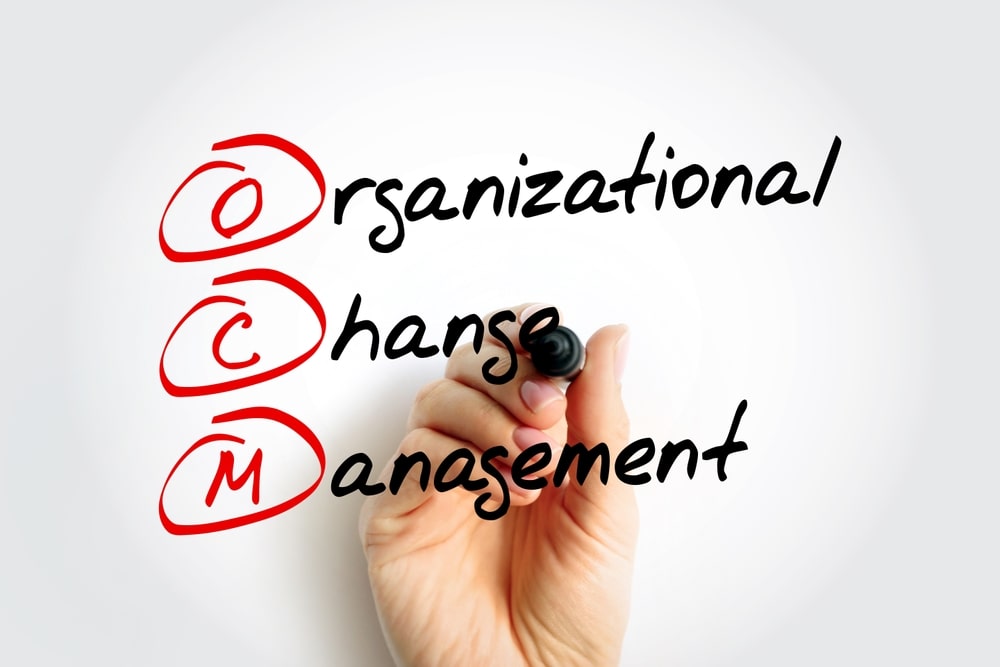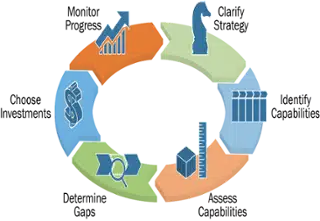The last time you bought health insurance, financial services, a driver’s license, internet/mobile phone services, or for that matter any service, did you feel like your online customer journey was well designed and mapped out? Or did you feel like a customer experience (Cx) pioneer “boldly going where no customer had gone before”?
What are the Moments of Truth in the Customer Experience?
The prevailing theory in customer experience describes the moments of truth (MoTs) on the customer journey (Figure 1). These are critical make-or-break interactions between the ‘connected’ customer and the enterprise where customer satisfaction, and possibly the success or failure of the service, is determined.
Figure 1: The Four Crucial Moments of Truth on the Customer Journey
The initial catalyst for this customer journey is the stimulus: the original customer want, need, or desire. A.G. Lafley Chairman, President & CEO of marketing powerhouse Proctor & Gamble first used the term “Moments of Truth” in 2005 to describe:
- Zero moment of truth (ZMoT) coined by Google in 2011, refers to the customer online research about a product or service before taking any action.
- First moment of truth (1st MoT): The Consideration to Purchase or the “moment a consumer chooses a product over the other competitors’ offerings”.
- Second moment of truth (2nd MoT): The Experienced Value or when a customer purchases a product and experiences its quality as per the promise of the brand.
- Third moment of truth (3rd MoT): The consumer’s feedback or reaction towards a brand, product, or service (i.e. the consumer becomes a brand advocate and ‘gives back’ via word of mouth or social media promotion).
What is the Elusive Second Moment of Truth on the Customer Journey?
By-and-large, we find these concepts closely correlate when exploring customer journeys in the tangible goods market (i.e., iPhones, cars, toaster ovens, etc.) where the product’s features are experienced almost immediately after the buying decision on the customer journey.
Interestingly, a challenge facing the intangible services market – specifically services like health insurance, education, financial services, etc. – there is a significant delay (Figure 2) between the First Moment of Truth (1st MoT) Consideration to Purchase and the Second Moment of Truth Experience Value (2nd MoT).
Figure 2: The Delay Between the First and Second Moment of Truth
Health insurance, for example, is a particularly good illustration of this challenge. The customer journey surrounding the First Moment of Truth (when an employee is making their health insurance buying decision during Open Enrollment) can take place months (if not years) before the Second Moment of Truth (i.e., their health claim is paid). In these instances, the Buying Decision (1st MoT) becomes the Experienced Value (2nd MoT) that generates Consumer Feedback (3rd MoT).
Figure 3: The Tangible & Intangible Goods Customer Journey
Combining the first, second, and third Moment of Truth (Figure 3) gives the service provider only “one bite at the customer experience apple”, which you would think means all eyes should be trained on the design and implementation of that combined customer experience.
So let’s go back to our first question… Think back to the last time you bought health insurance, financial services, a driver’s license, internet or mobile phone services, or for that matter any intangible good – did feel like the buying decision on your customer experience was well designed and implemented or did you feel like a customer experience pioneer “boldly going where no customer had gone before”?
What is Your Organization’s Customer Experience Maturity?
Accelare’s Purpose-Driven Customer Experience creates a level of structure around the customer experience that leverages proven concepts from the fields of behavioral economics, service design thinking, and Accelare’s S2E implementation methodology to deliver a level of precision and discipline that any service organization can benefit from.
If you would like to see how your particular organization could benefit from Purpose Driven CX, please visit this link to assess your organization’s maturity and readiness where you can quickly rank your organization on a 1-5 scale against fifteen assessment question that cover five key domains within Purpose Driven CX.
The survey is anonymous and free, however, If you would like our team to calculate your overall aggregate PDCX maturity score as well as suggest actions your organization could take to reach the next level of PDCX maturity please provide your email so we can send out your report.

